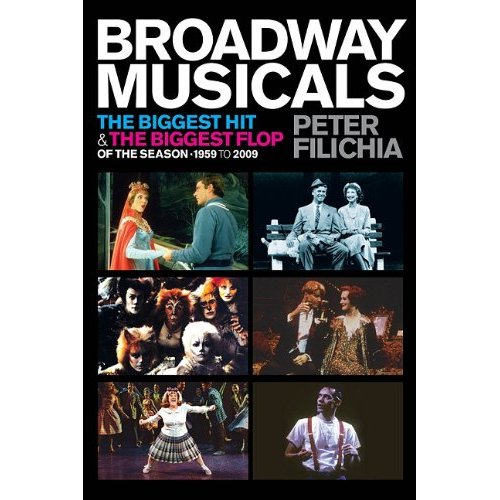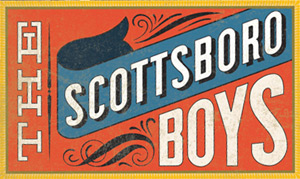Remember 2005? There was a lot of hullabaloo over the 75th birthday of Stephen Sondheim, Spamalot somehow bested three superior shows for Best Musical at the Tonys. Meanwhile, the film versions of Rodgers and Hammerstein’s State Fair, Oklahoma! and the iconic The Sound of Music were celebrating their 60th, 50th and 40th anniversaries, respectively. Special 2 disc editions of the films with never-before-seen features and footage were released and there requisite press appearances by the various cast members who are still with us. It’s hard to believe five years have passed and like any good American institution, it’s time to celebrate another landmark anniversary with style.
Now as The Sound of Music hits its 45th year, 20th Century Fox and the Rodgers and Hammerstein Organization have taken it up themselves to celebrate with the latest in digital video technology: Blu-ray. A brand-spanking new edition of the film, newly restored and remastered for high definition is being rolled out in early November. There have been some glimpses into the process and the film looks better than ever. The film is more than just a blockbuster; it is a cultural phenomenon. While it was a big hit in its 1959 stage incarnation, the movie took off into the stratosphere upon the release in 1965. The Sound of Music won five Oscars including Best Picture and made a mountain of money – in terms of grosses adjusted for inflation, it ranks third behind Gone with the Wind and Star Wars on the all-time list. The movie ran for several years in its first release and continues to grow in popularity. And like many others around the world, I hold a special place for the film.
Ever since I can remember, there was an annual airing of the film around Easter. The first time I was introduced to it, I was genuinely surprised to see Mary Poppins dressed down as a blonde tomboy twirling in the Austrian alps. (I was about four years old). As a very young child, I wasn’t allowed to stay up for the whole thing (it was a Sunday airing and there was school the next day). In fact, it wasn’t until I was almost ten I even knew the Captain and Maria even got married! But every year, I got to see a little more and a little more of the film until I eventually saw it all. I was even given a souvenir program from the initial engagement. When I was in 8th grade, there was a big to-do over a new VHS edition remastered by George Lucas’ THX which placed the 175 minute musical epic on one video cassette for the first time. I still have that copy. The first DVD I ever bought was – surprise, surprise – The Sound of Music. I have the soundtrack on LP as well as three CD editions. I even upgraded to that 40th anniversary DVD edition. I’ve kept them all.
Part of the reason is my father. He’s not someone that’s really into the movies or theatre, but he loves The Sound of Music. He saw it when it first came out and for some reason it just clicked with him. In fact, his first date with my mother was to the 1973 theatrical reissue, the last time the film was given a nationwide release. Twenty-three years later, we went to Salzburg, Austria to look at real locations from the Trapp family’s life, as well as those locations used in the film. We were inside the Nonnberg Abbey, visited the Mirabell Gardens (where the “Do-Re-Mi” finale was shot), plus two of the three houses used as exteriors as well as the actual Trapp villa (which is lovely). But I was also struck with the extraordinary beauty of the city; it is a place I really want to revisit again sooner rather than later.
To coincide with this celebratory DVD/Blu-Ray release, R&H and Fox have planned a series of events, including an entire episode of Oprah dedicated to the film, which will air on October 29 (check local listings!) My father asked when that was happening; I’m not even sure he knows who Oprah is. And I’m not being facetious but that’s the sort of pull this film has with him. However, the event that has me most excited is the upcoming theatrical re-release of the film. On October 19 & 26 (which are both Tuesdays) the film will be shown at 6:30PM. Click here to purchase tickets and to find the location nearest you. It’s not very often that a classic film buff like myself gets the opportunity to see one of his favorites on the big screen. Just that itself is enough reason to rejoice. Ultimately the restored and remastered film will be released in both a Blu-Ray/DVD combo and a limited collector’s edition box set, as well a new reissue of the soundtrack on November 2.









